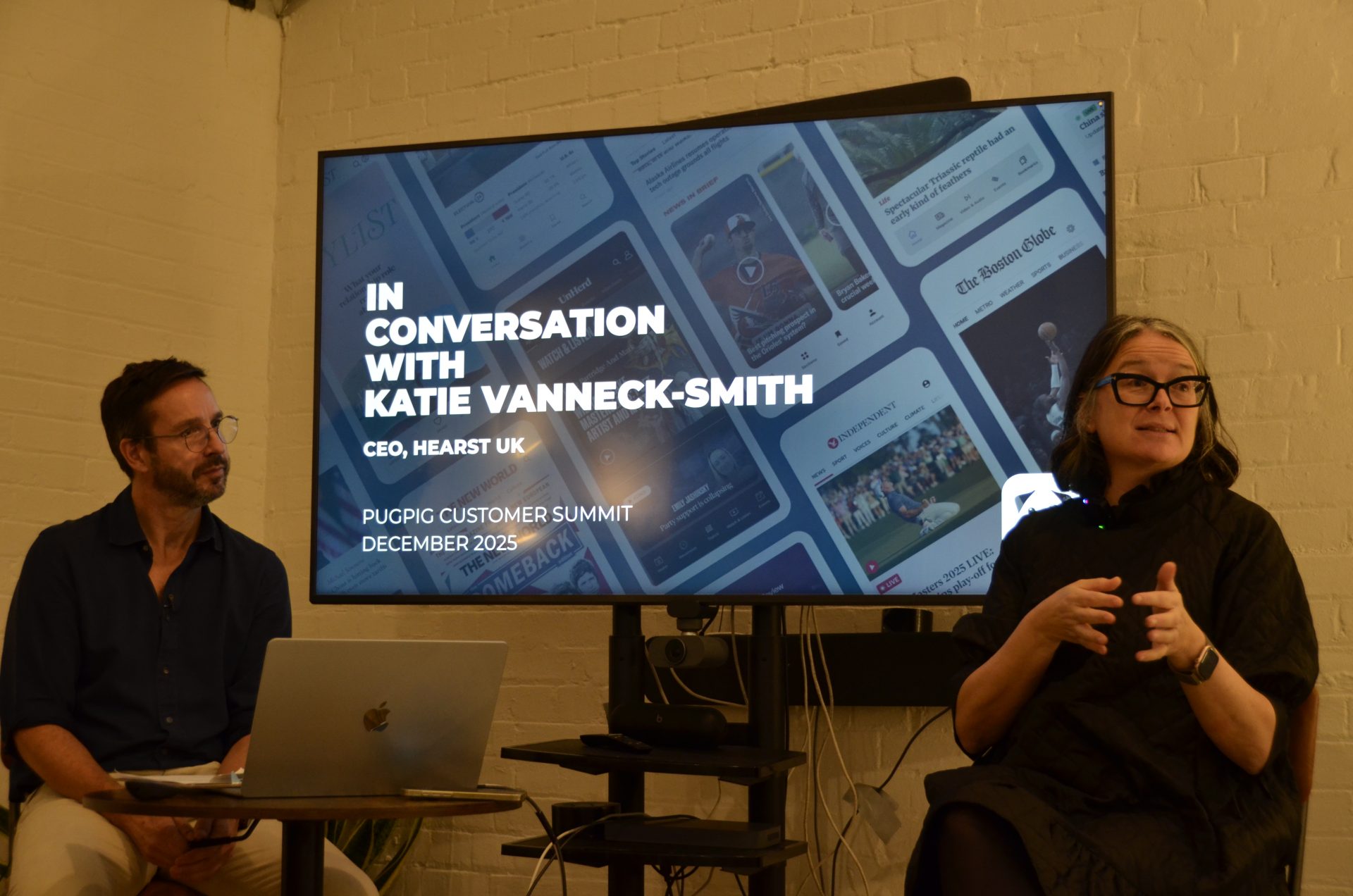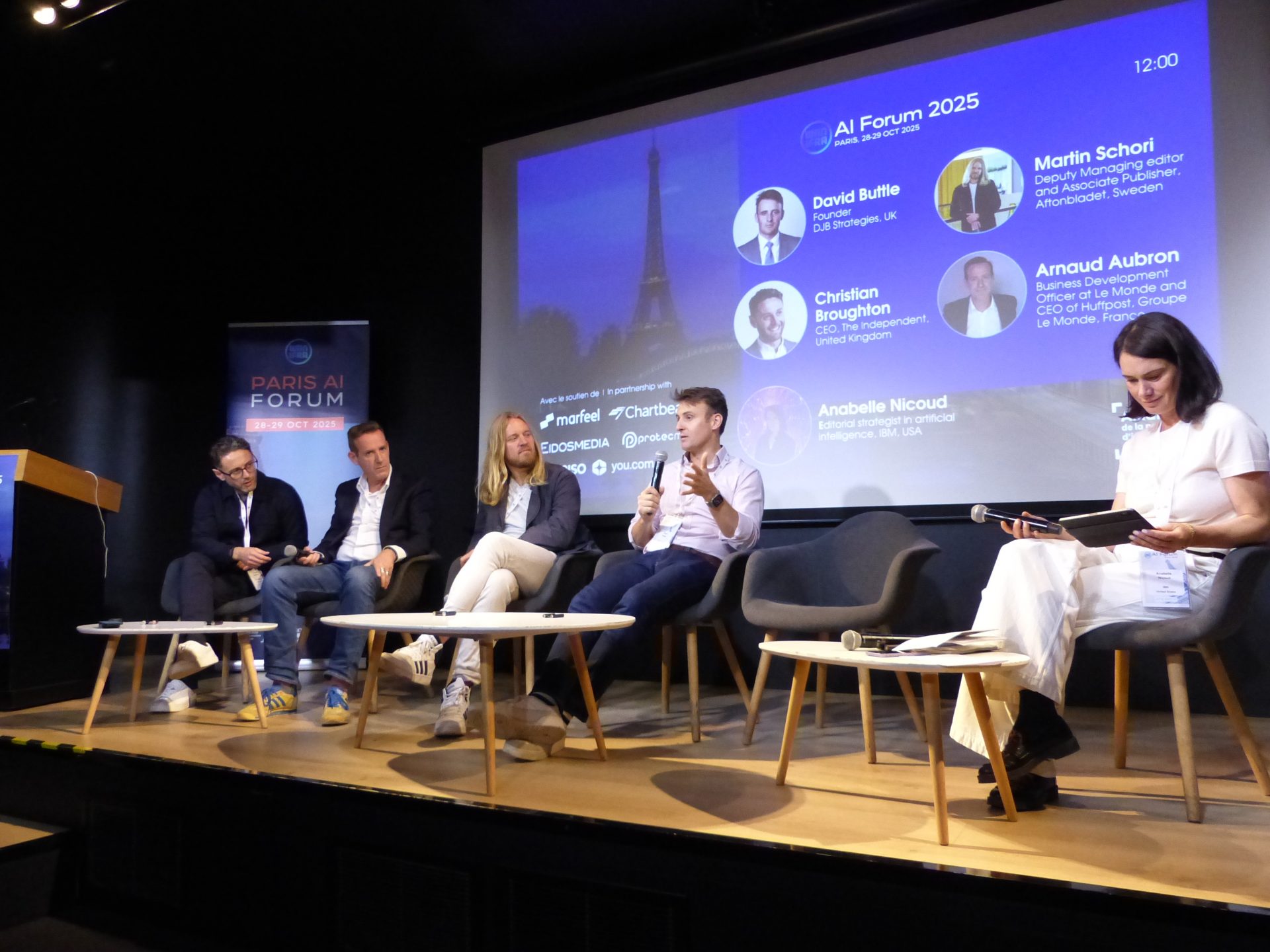
Newsletter
Newsletter
Young audiences are mobile-first, if not mobile-only, but targeting their platform of choice is only the first step in engaging them.
8th November 2024

By Kevin
Traditional publishers and broadcasters have spent most of this young century watching their audiences age. The latest Reuters Institute Digital News report found younger audiences are less likely to visit their websites and apps than older generations.
In 2015, younger audiences came directly to sites and apps at the same rate, 53%, as older generations, but by 2024, the rate had dropped by half for younger audiences.
“Publishers in a few Northern European markets have managed to buck this trend, but younger groups everywhere are showing a weaker connection with news brands than they did in the past,” according to the Digital News Report.
Publishers have been trying to address these issues for years. Gannett’s 2014-15 Newsroom of the Future strategy was focused on directing most of its resources to engaging audiences aged 25 to 40. News publishers focused on social platforms because they knew younger audiences spent most of their time and attention there, and they hoped they could generate enough brand recognition to lure them to their properties.
The continued decline in engagement amongst 18- to 24-year-old audiences with publishers’ properties demonstrates the need for new approaches. Norway’s Amedia is experimenting with a new approach that is showing promise by segmenting their metrics so they can focus on content that resonates with younger audiences.
If you’re keen to discuss tactics to engage young, mobile audiences, join our Mobile Matters community to speak with publishers like you. The community is a place to meet other publishing professionals working in mobile and discuss common challenges and solutions.
Forward-looking publishers pivoted from digital-first to mobile-first publishing, as their analytics told them most of their audiences were reading their content on mobile. In 2013, in the UK 67% used computers as their main device for news, but in 2018, mobile took over as the most used device, according to the Reuters Institute Digital News Report. And by 2024, 65% of users were mobile-first. It is a similar story in most countries covered in the report, with mobile playing an even larger role in rapidly developing countries such as Brazil, Malaysia, India and Indonesia.
For younger audiences, consumption patterns skew even more towards mobile. “Previously, news producers thought of mobile as a second screen; but for younger news consumers, it's usually mobile-only,” FT Strategies and Knight Lab’s Next Gen News report found.
Younger audiences prefer to get their news through audio and video than older audiences. Amongst audiences 25- to 34-years-old, 55% listen to podcasts, and 18- to 24-year-olds, listen even more (58%).
The shift to video by audiences has been even more dramatic, although variation exists across countries. In Ireland, 61% of audiences view short-form online news video weekly, with similar figures in the US, Norway, Sweden and Canada. But in the UK, the figure drops to 39%.
It is clear, however, that simply shifting current content to mobile platforms and audio-video formats isn’t sufficient. As with other stages in digital transformation, content strategies need to be rethought not only to feel native to new digital spaces but also to cover topics that resonate with younger audiences. Norway’s Amedia has hopeful results from an experiment to do just that.
Some 40% of Norway’s 5.5 m people read one of Amedia’s products daily, and they have 2.5m registered users, who account for 87% of their pageviews. However, of their 790,000 subscribers to their 130 local newspapers, only 12% are under 40 while almost 20% are over 80.
“This is a problem we really need to address if we are to have a future,” Amedia Editorial Content Developer Janne Rygh told the WAN-IFRA News Summit in Zurich. (Note, I’ve known Janne for more than a decade after she took a training session I conducted for the Norwegian Institute of Journalism.)
Amedia has launched several initiatives over the past few years to address the problem, but their efforts have been working at cross purposes. Their metrics are geared towards driving the most traffic from their existing audience, which was predominantly older.
As with many publishers, Amedia are focused on retaining their subscribers. They knew from extensive analysis that the more their subscribers read, the more likely they were to renew their subscriptions. But when more than half of their subscribers were in the over 60 bracket, editors were incentivised to write content that appealed to them rather than younger audiences. Editors commissioned stories that appealed to older audiences and featured older subjects that these audiences could more easily relate to.
After doing the hard work of selling the idea to Janne’s management, she ran the trial at two newspapers in the south of Norway, one of their largest titles in the region as well as a smaller paper.
They adjusted their metrics in their analytics platform, Kilkaya, to focus on younger audience segments. Having his data was a condition the front-page editor at the larger paper had for participation.
They had some stomach-churning moments as they initially saw younger audiences were reading fewer stories than older audiences. They began writing more stories with younger people as the focus: “So, instead of a successful, middle-aged store owner, the business editor began writing about people like a young woman named Kine who has worked her way up and now runs a store,” Janne told the audience.
The experiment is only six months old, but in addition to focusing on younger subjects in their stories, they also have developed a list of topics that appeal to younger audiences. These topics include education for their young families (kindergarten), family life, health and lifestyle, relationships, local businesses, housing from a young buyer’s perspective and personal finance stories, what they called “wallet stories”.
One key finding by a business editor is that stories written for younger audiences also appeal to their traditional older audiences. It is harder in reverse - to engage younger readers with stories geared toward older readers.
“We have more readers in total, and we also manage to reach younger audiences,” Janne said. More than that, the stories geared toward younger audiences are also driving subscriptions more successfully than stories written in the past.
Here are some of the most important headlines about the business of news and publishing as well as strategies and tactics in product management, analytics and audience engagement.

Newsletter

Newsletter

Newsletter

Newsletter

Newsletter